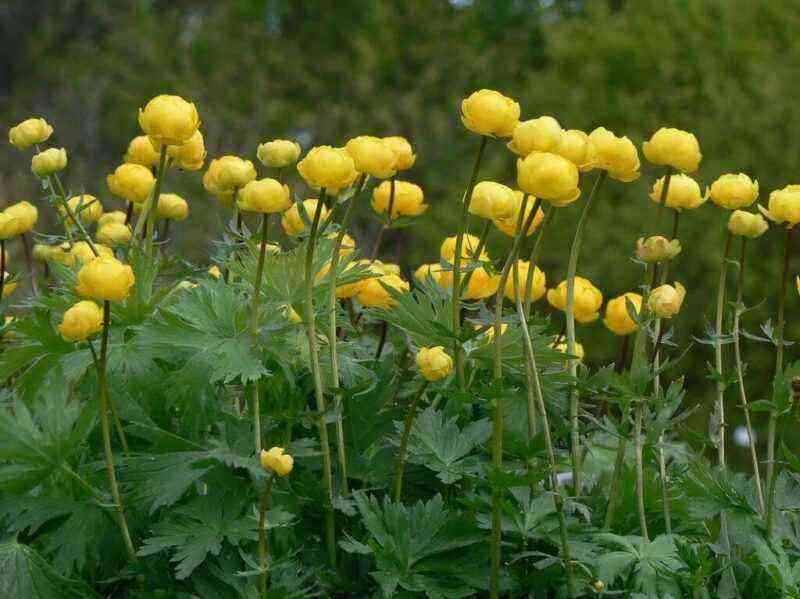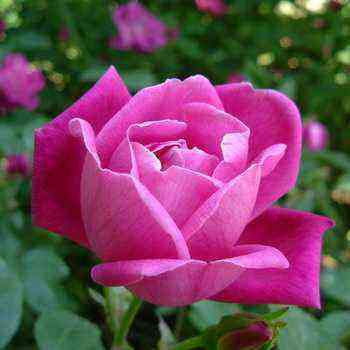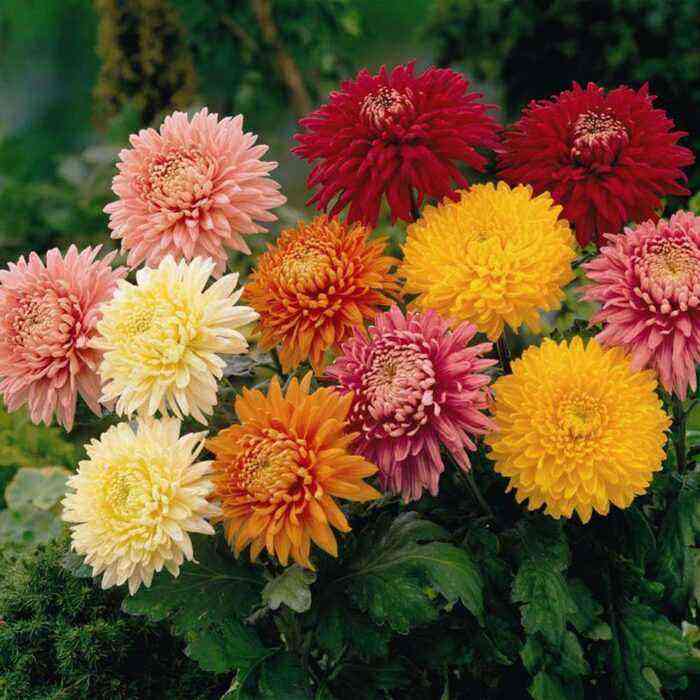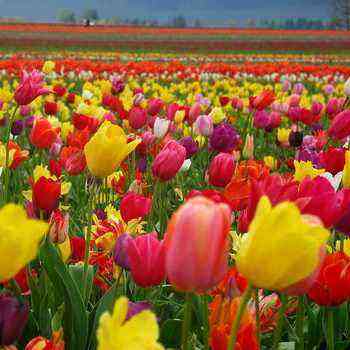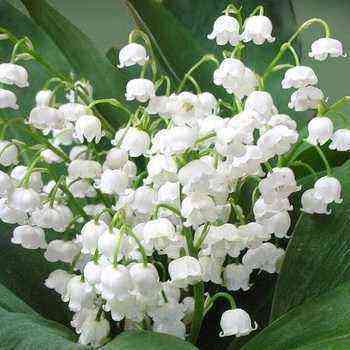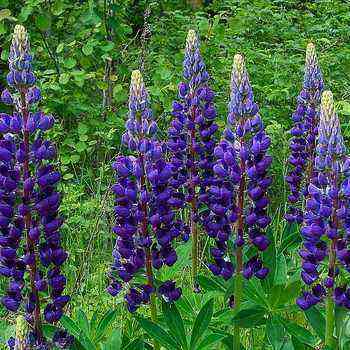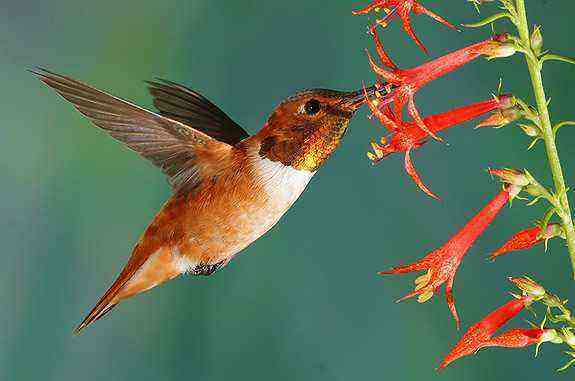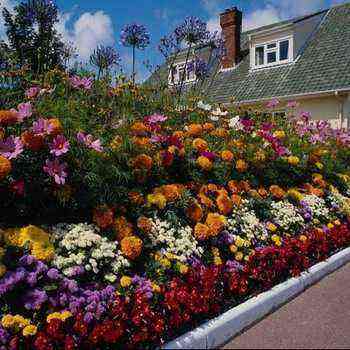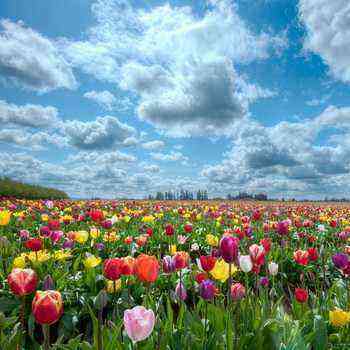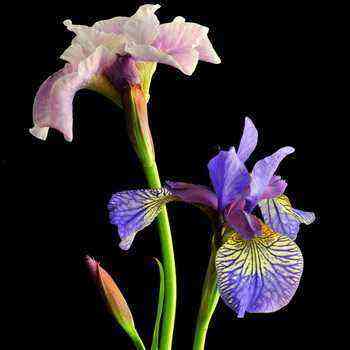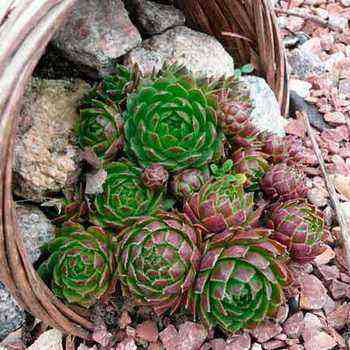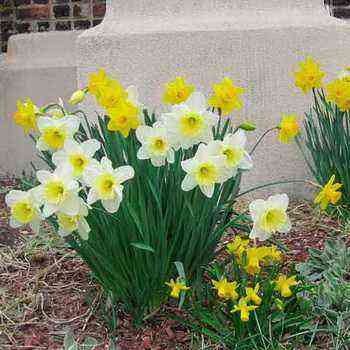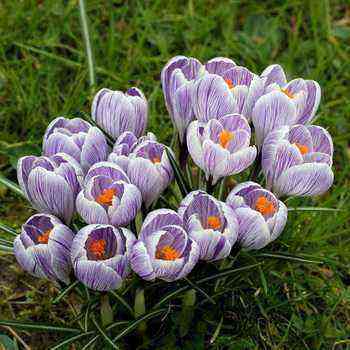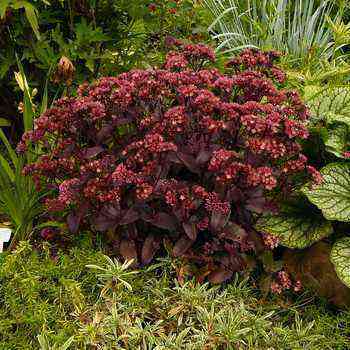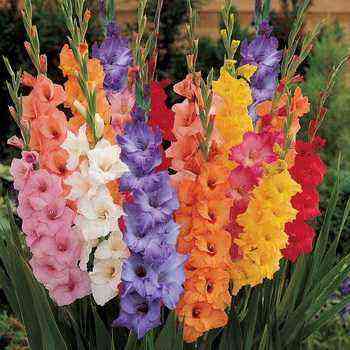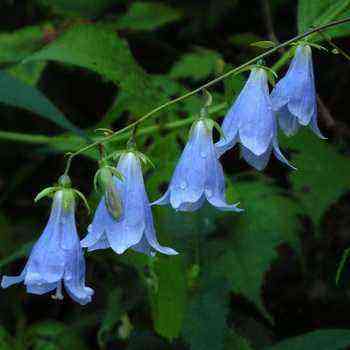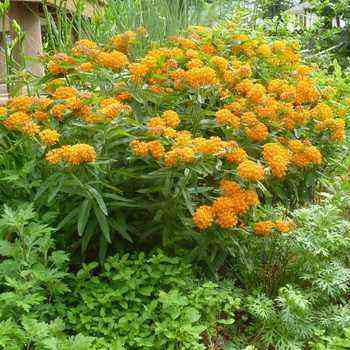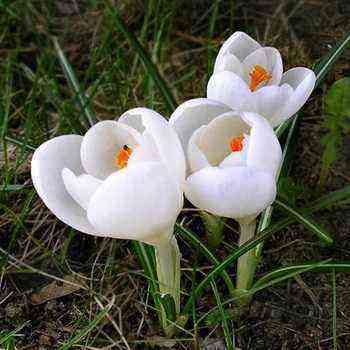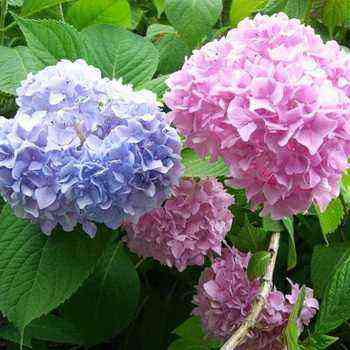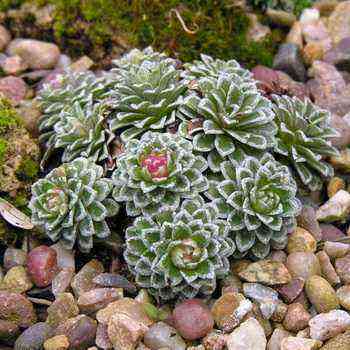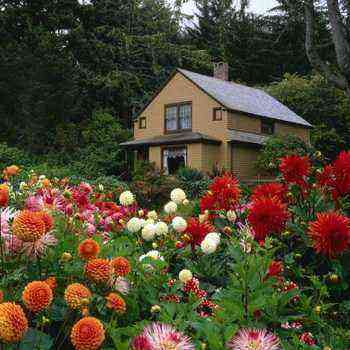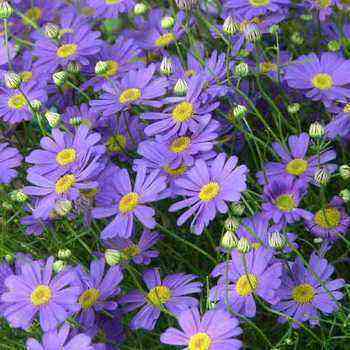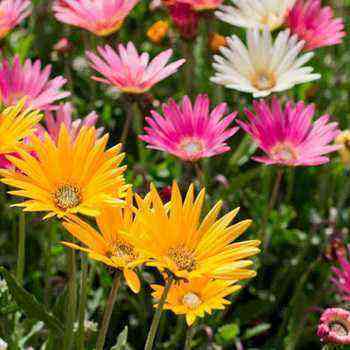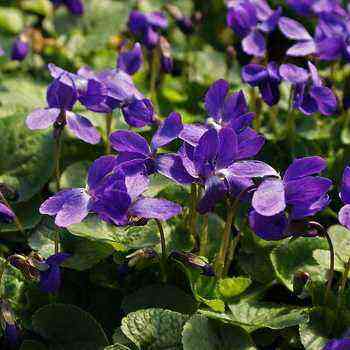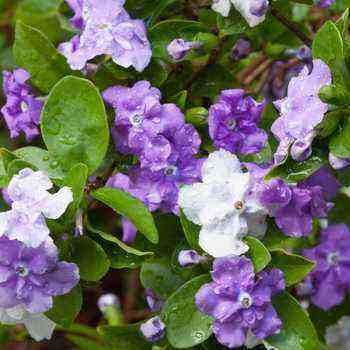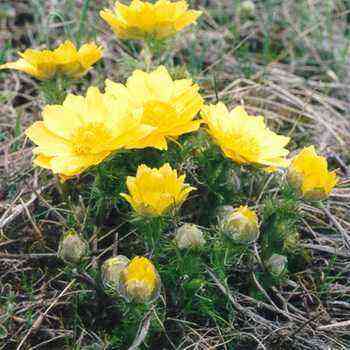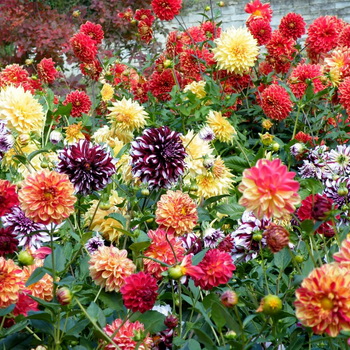 Flower Georgina (DAHLIA) belongs to the Asteraceae (Compositae) family. This flower was named after the 18th century Swedish botanist Anders Dahl. The first description of the dahlia was given by the Spanish scientist, director of the Madrid Botanical Garden, Antonio Covalines, who also suggested calling this plant dahlia. On this page you can familiarize yourself with the names and photos of dahlia varieties, as well as learn about the conditions for growing these beautiful flowers.
Flower Georgina (DAHLIA) belongs to the Asteraceae (Compositae) family. This flower was named after the 18th century Swedish botanist Anders Dahl. The first description of the dahlia was given by the Spanish scientist, director of the Madrid Botanical Garden, Antonio Covalines, who also suggested calling this plant dahlia. On this page you can familiarize yourself with the names and photos of dahlia varieties, as well as learn about the conditions for growing these beautiful flowers.
Dahlias cultural (D. x cultorum) is a plant that has gone far from its natural ancestors growing in the mountains of Mexico, Chile, Guatemala and Colombia. The modern cultural dahlia is a complex hybrid obtained as a result of crossing different types of dahlias, subsequent interbreeding and selection. Almost 15,000 varieties of these plants are known, differing in the shape and color of the inflorescences. On these grounds, all types of dahlias are combined into 10-12 groups.
Dahlia is a perennial with tuberous roots that does not winter outdoors. The stem is straight, from 25 to 200 cm high, hollow, branched. The leaves are dense, dark green (purple in some varieties), pinnate.

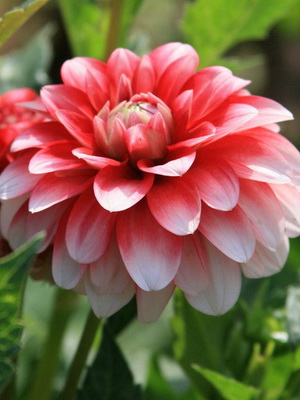
As you can see from the description and photo of the dahlia, this flower has a basket-shaped inflorescence; marginal ligulate flowers of various colors, median – tubular, yellow. Dahlias bloom in late summer – autumn. After the first frost, dahlias are dug up and the tubers are stored in a cool room.
According to the international classification, dahlias are divided into 11 groups:
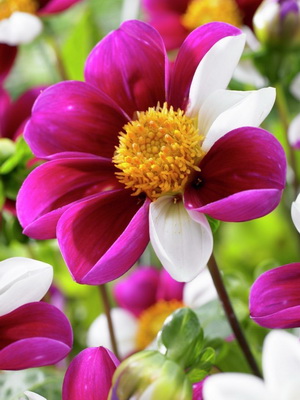
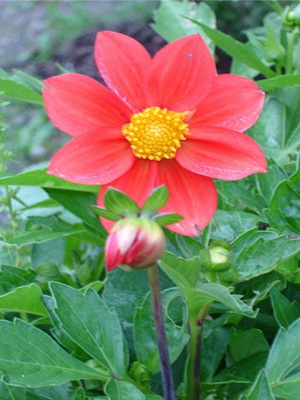
1. Non-double, simple (“Mignon” variety).
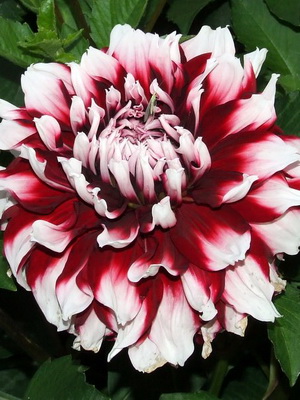
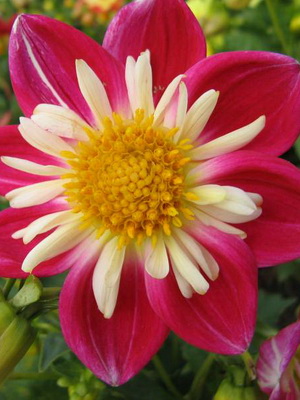
2. Anemone (variety “Comet”).
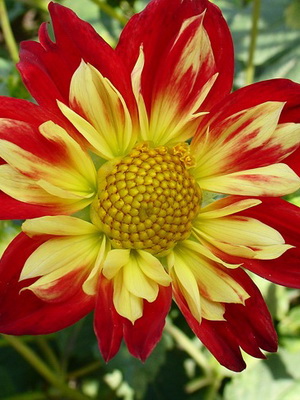
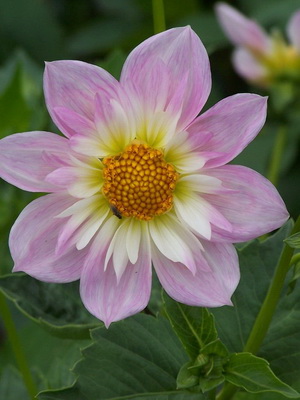
3. Collar (grade “First Grader” ).
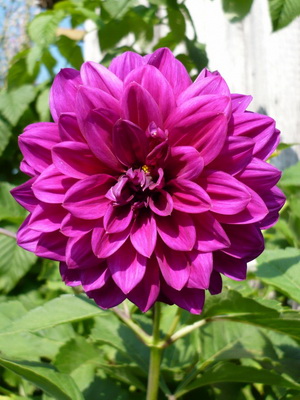
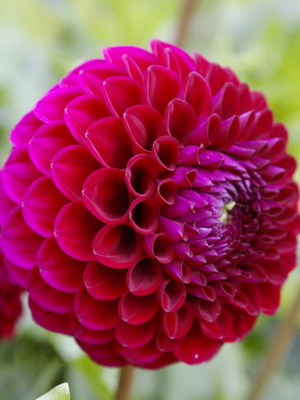
4. Peony (variety “Heart of Danko”).

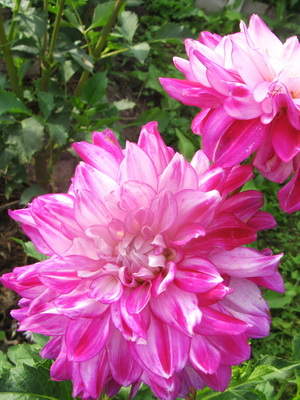
5. Decorative (“Phantome”).
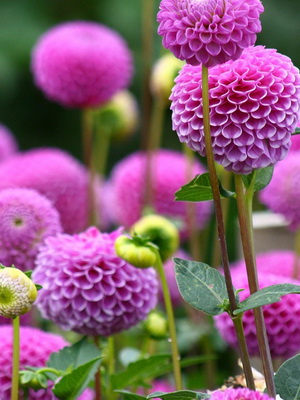
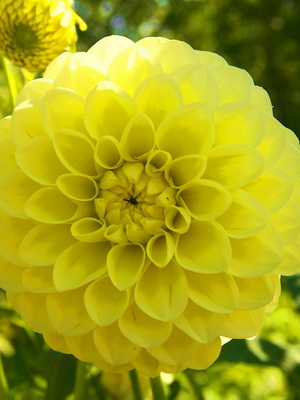
6. Spherical (“Edinburgh”).

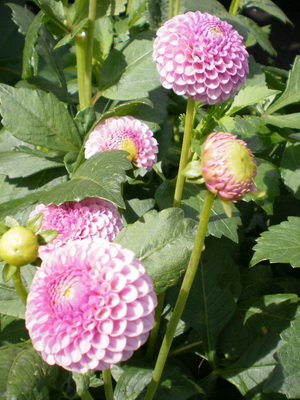
7. Pom-poms (grade “Kid”).
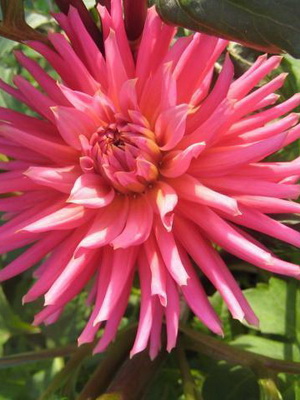
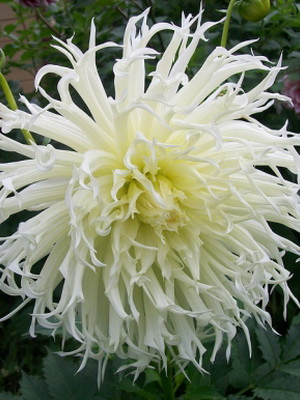
8. Cactus (“Florida”).
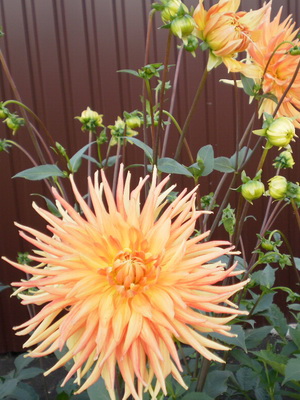
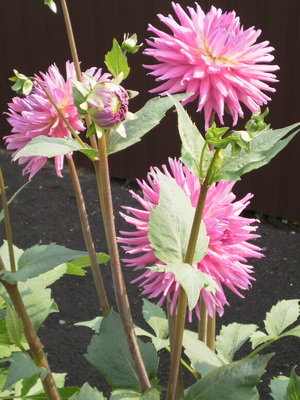
9. Semi-cactus (“Cheerio”).
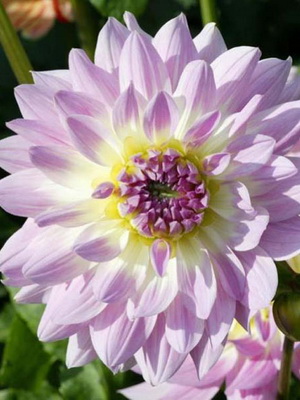

10. Nymphaean (“Nabat Khatyn”, “Angora”).

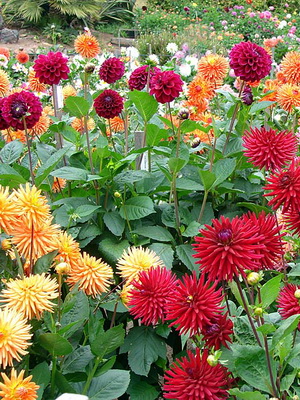
11. Mixed.
Dahlia growing
Dahlia is a light and thermophilic plant. For growing all types and varieties of dahlias, sunny areas with rich, loose, well-moistened neutral soils are suitable. Needs top dressing (June, July) with organic fertilizers and watering if necessary. Protection from strong winds is required. High grades are tied up.
Reproduction. Dividing large tubers (May), cuttings (April). Some simple varieties are propagated by seeds. Planting density – from 1 to 9 pcs. per 1 m2.
Thousands of varieties are grown and new ones are obtained every year. Pay attention to the photo of these new varieties of dahlia:
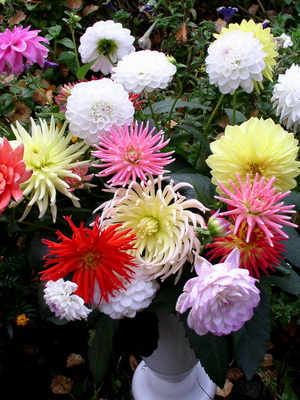
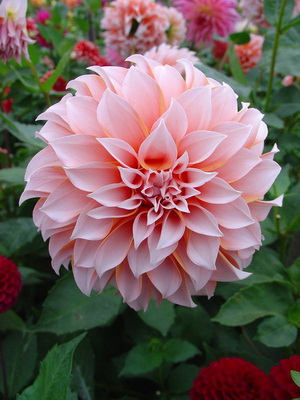
“Lizz Ball”
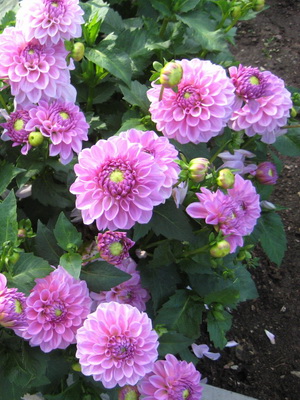
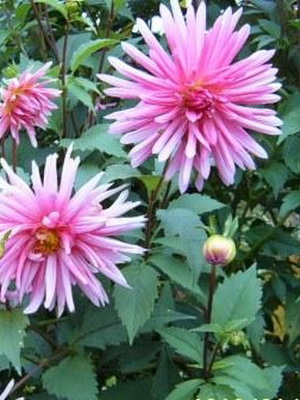
“Caral”
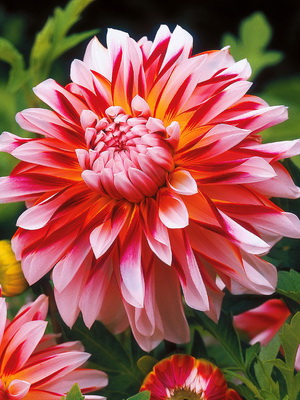

“Simone”

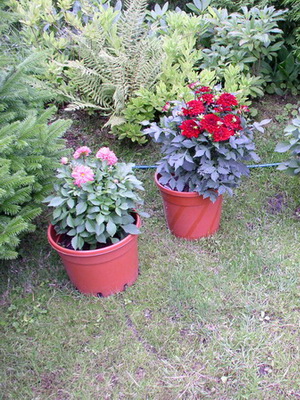
“Suzanne”
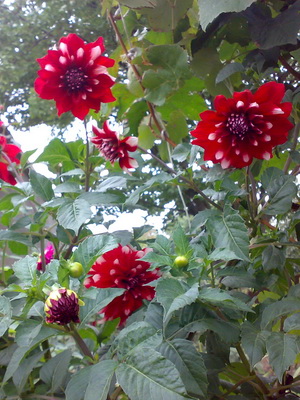
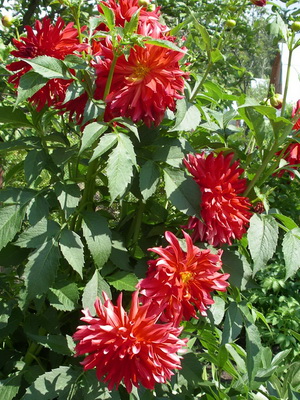
Holland.
These low, compact varieties are suitable for container breeding.
Dahlias are used in flower beds of all types: mixborders, flower beds, borders. More often – in regular-style flower beds. They look great in single plantings among the lawn or against the background of ground cover plants. As you can see in the photo, many types of dahlias are perfectly combined with other moisture-loving plants – buzulniks, miscanthus, mordovniks, daisies, etc. Interesting in bouquets.
